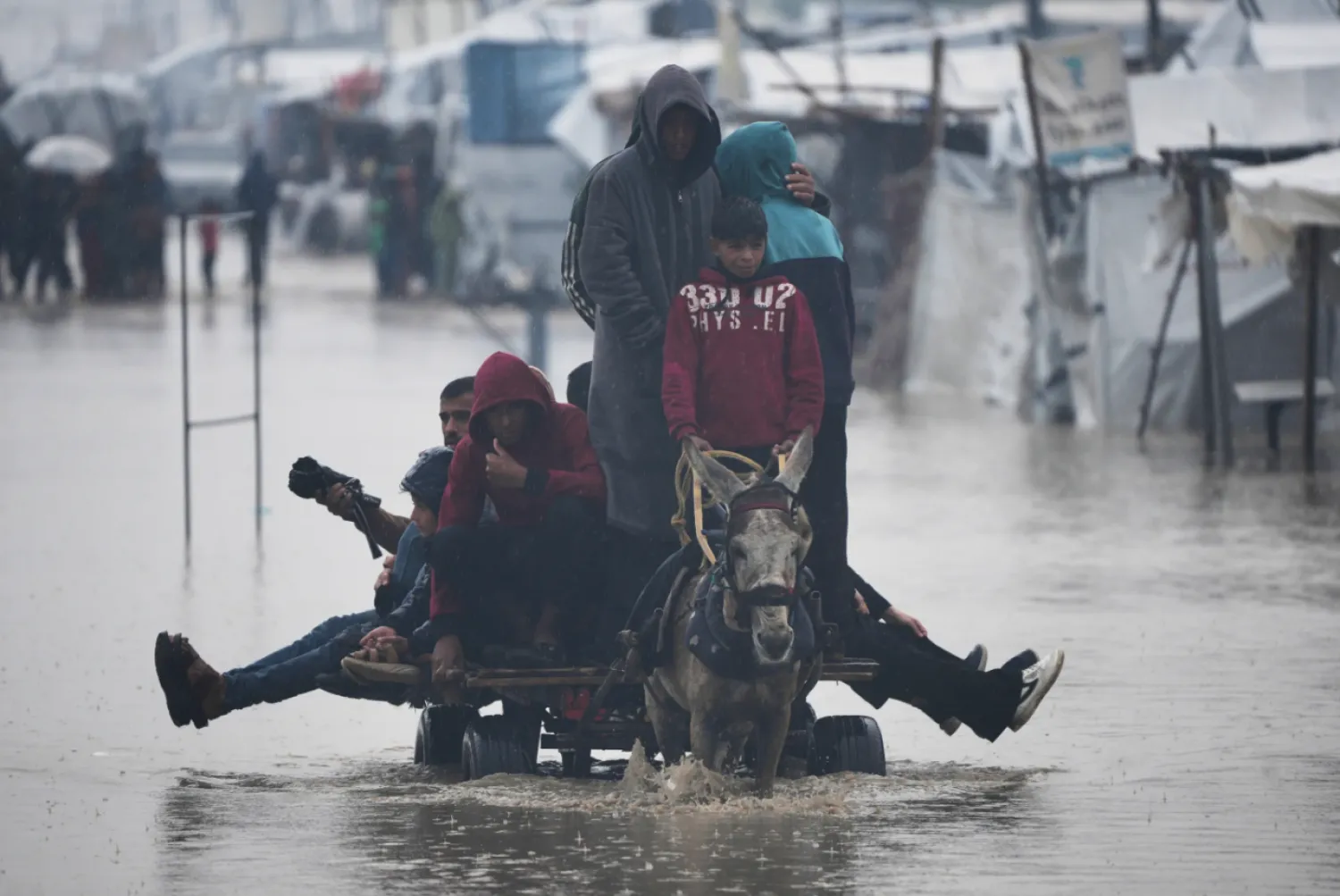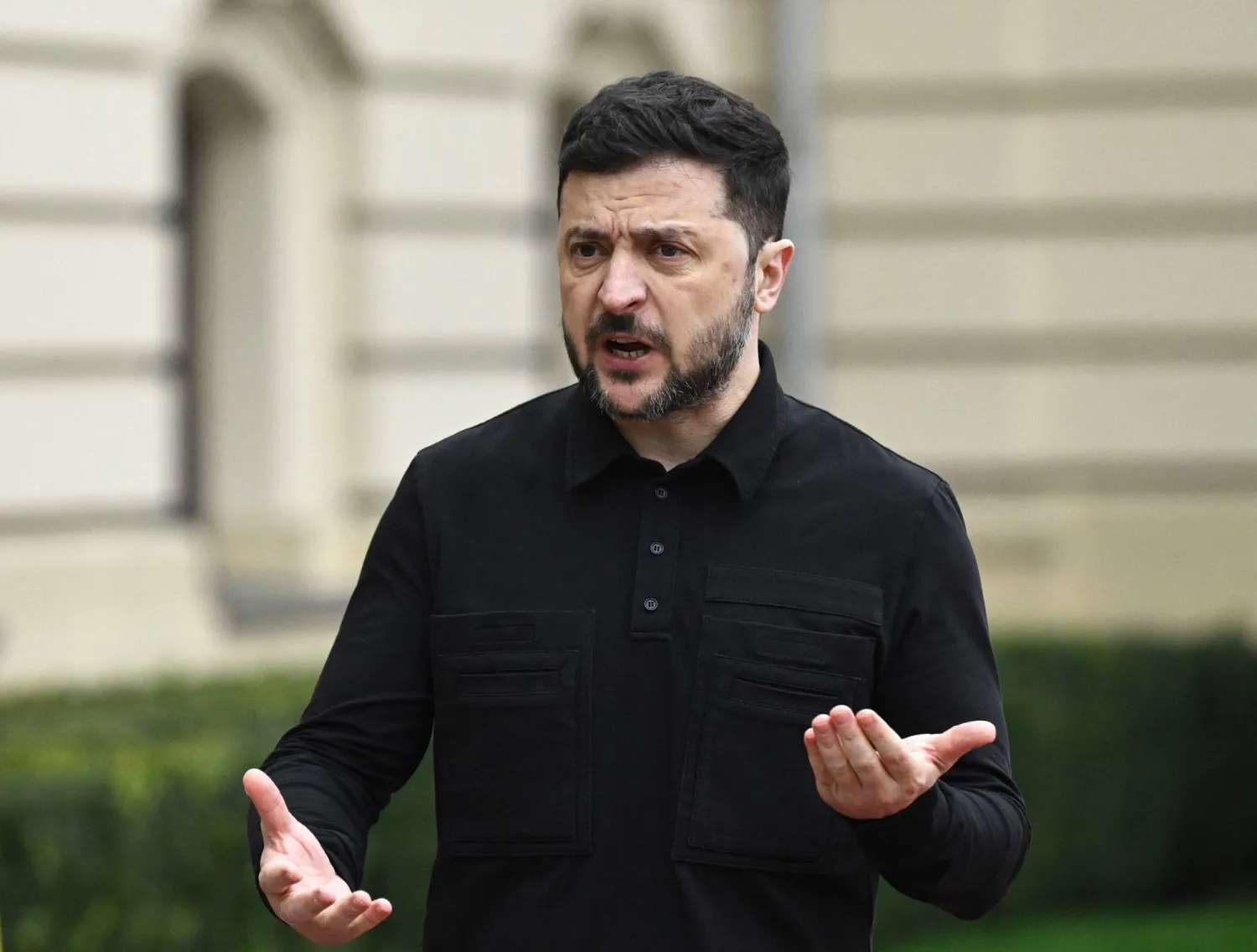Sudanese journalist Ali Farsab finds himself perched on Red Sea shores, immersed in a painful reflection on the nation’s grim circumstances.
Military conflict in Sudan, now in its ninth month, has claimed the lives of thousands of civilians without any of the warring parties securing a decisive victory.
Shifting to the stark reality encountered by reporters amidst the chaos of war, Farsab said: “Conflict has created a divide between journalists and their pens and papers.”
“Since the initial gunshot in mid-April, many have lost their jobs and remain unemployed,” added Farsab.
“Journalists are grappling with harsh conditions in the aftermath of the conflict,” he solemnly told Asharq Al-Awsat.
“A considerable number have sought refuge outside the country via air, sea, and land routes. Meanwhile, those who remain face substantial risks, dwelling just moments away from the specter of death,” he added.
According to Abdelmoniem Abu Idrees, the head of the journalists' syndicate, 90% of journalists, both male and female, have lost their jobs since the onset of the war.
Some have resorted to leaving the country and pursuing alternative careers to meet their familial responsibilities, Abu Idrees told Asharq Al-Awsat.
He stressed that union members are facing challenging economic circumstances due to a lack of job opportunities.
The overall conditions for Sudanese journalists were not favorable even before the war.
Approximately 250 of them had already lost their jobs due to economic challenges following the October 25, 2021, coup, leading to the closure of several media institutions and workforce layoffs in the remaining ones.
However, the situation became even more dire amid the war.
All media institutions in conflict zones, including government-owned television and radio, ceased operations as the Rapid Support Forces (RSF) took control of their headquarters.
They later resumed broadcasting from outside the capital Khartoum.
The official news agency, SUNA, also had to temporarily suspend operations for about four months before resuming broadcasts outside Khartoum.
Daily newspapers, correspondent offices, printing presses, and distribution companies, all located in conflict areas, came to a standstill.
According to Abu Idrees, 90% of media institutions lost their infrastructure and had their equipment looted, impacting the shape of journalistic coverage during the war.
Moreover, Abu Idrees warned that this could potentially lead to a prolonged crisis after the war, as journalists face unemployment and media outlets grapple with the loss of their workforce.
Last week, the RSF reportedly repurposed the buildings of the national radio and television into detention centers.
Additionally, some broadcasting equipment and devices were observed being offered for sale in the markets of Omdurman.
The Sudanese Journalists Syndicate said this “irresponsible behavior” poses a threat to the nation's visual and audio archives, risking their destruction, ruin, and permanent loss.









